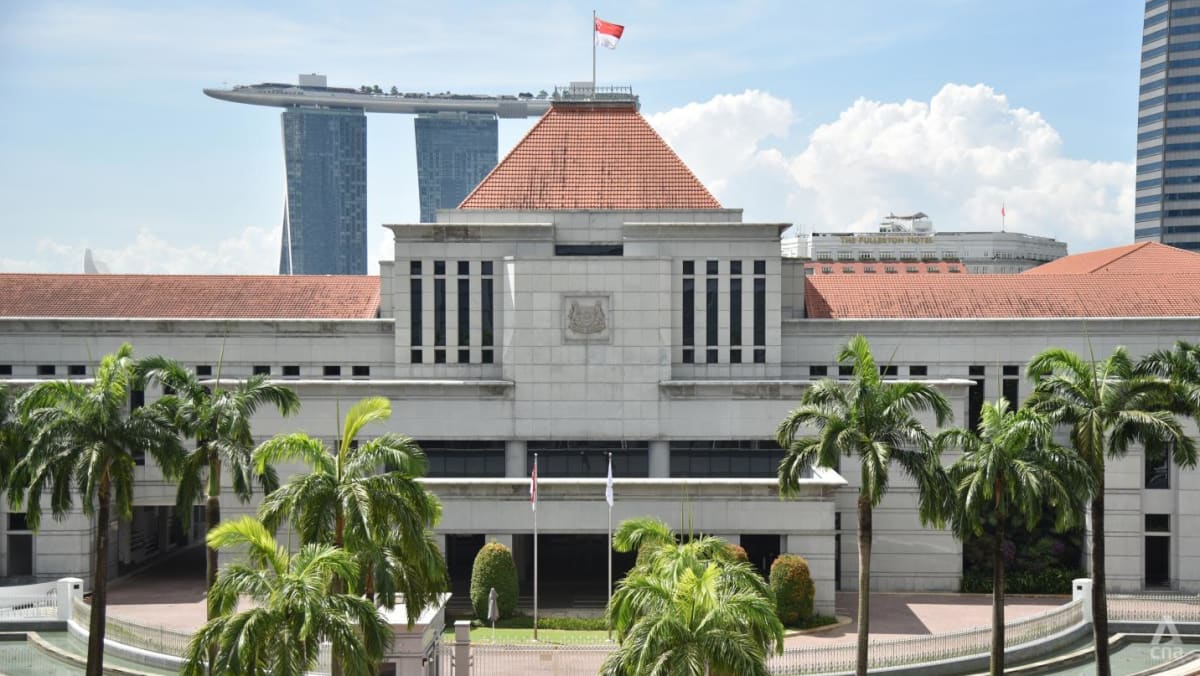It was natural that the initial rollout of the new policy through ACRA’s Bizfile portal caused some public concern, “given how NRIC numbers have been treated historically in Singapore”, said Singapore University of Social Sciences (SUSS) law lecturer Ben Chester Cheong.
What’s the difference between identifying and verifying?
The government’s shift in stance towards the NRIC “reflects a mature understanding of modern identity management”, said Mr Cheong.
“This evolution acknowledges that masking NRIC numbers creates a false sense of security, while recognising the growing need for corporate transparency and alignment with global digital identity practices,” he said.
“The digital age has transformed our approach to security,” said Mr Cheong, adding that static identifiers like NRIC numbers now have less value for verification as more sophisticated authentication methods become standard.
“Modern digital security relies on dynamic credentials that can be changed if compromised, along with multi-factor authentication systems and encrypted communications,” he explained.
Associate Professor Razwana Begum Abdul Rahim, head of the public safety and security programme at SUSS, said the change presents “a more honest and practical approach to identity management in our digital age”.
Experts told CNA that identification, for which privacy concerns arise for most people, is a separate issue from verification, which is driven by security considerations.
“Identification simply declares who you are, like stating your name or showing your NRIC. Verification, on the other hand, proves you are who you claim to be,” said Mr Cheong.
He emphasised that the government’s policy shift is focusing “on strong authentication methods rather than treating identifiers as secrets”.
The timing of this move makes sense at a juncture where Singapore’s digital economy is maturing, with a rising need for clearer frameworks around identity management, he added.
This shift becomes even more relevant in light of future technological developments, said Mr Cheong. “With the advent of quantum computing on the horizon, many current cryptographic methods may become vulnerable.”
What are other options beyond NRIC numbers?
Emphasising the need to verify rather than just identify individuals in the digital age, Assoc Prof Razwana suggested methods such as facial verification, biometric authentication, two-factor authentication and SMS one-time passwords, moving forward.
These are already employed by Singpass, she noted.
Experts noted that key travel nodes, such as Changi Airport and Marina Bay Cruise Centre, have already implemented facial and iris biometrics as a form of verification, with no need for travellers to present physical passports.













